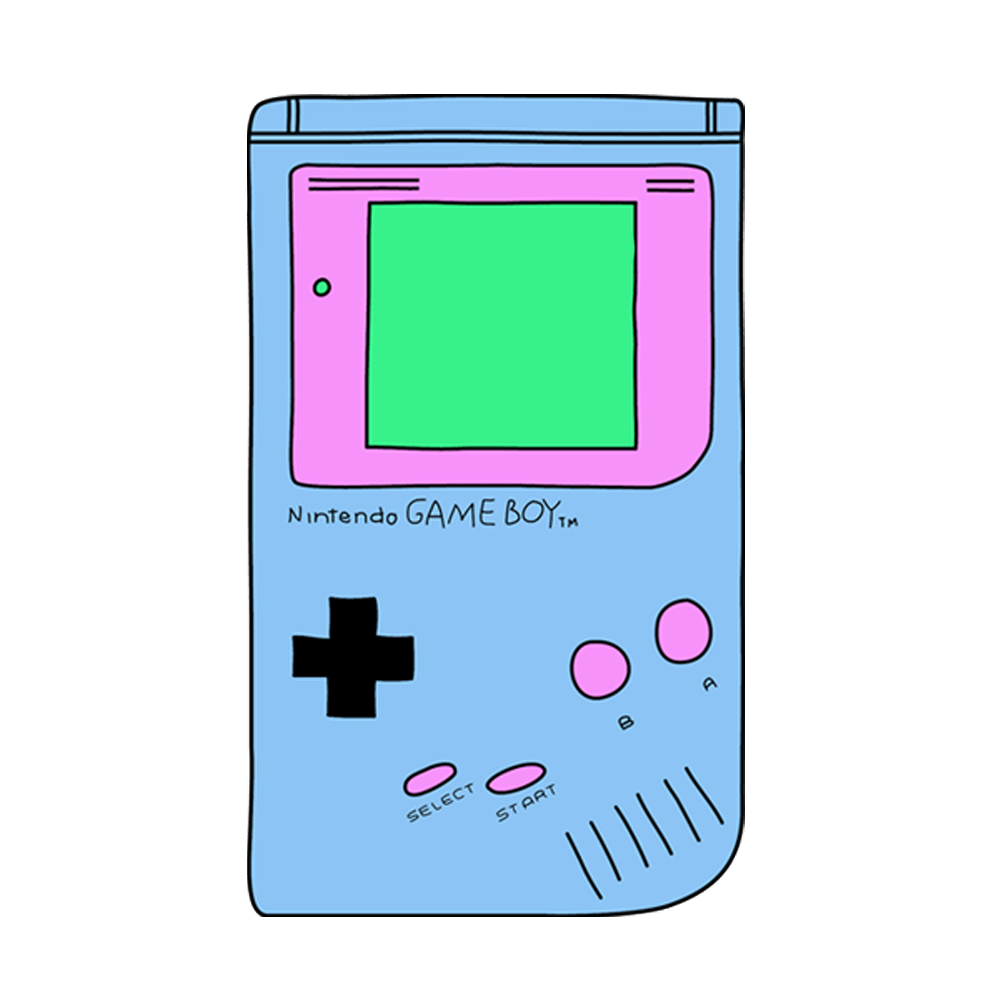From the first release of the Mortal Kombat series on September 8, 1993 to the most recent release Mortal Kombat 11 on April 23, 2019, the combat game allows players to indulge in a space where they can exercise their combination moves on any console to have the ultimate outcome of the famous... FATALITY!
The question that arises from all fighter games like Mortal Kombat is that, can a narrative be developed beyond the axiomatic violence that is connected to the games? In the instance of Mortal Kombat Deception and Armageddon, the high selection of characters, either resembling human-like features and some that do not, are all integrated within the Konquest that allows an overall narrative to be developed where character's interact, battle for top positions and advance their character settings all while travelling to different Realms that have their own space, setting and music.
From utilizing real persons to imitate violent actions in the original Mortal Kombat game, to the advance development of graphics, the brutality, characterizations and, their speciality moves also developed the conception of how far the imaginative narrative of games like Mortal Kombat can carry. A narrative that is based on violence, but, also carries the consequences of cause and effect of non-violent games.

Stemming off the idea of imagination and narrative Joseph Laylock emphasizes in work, Dangerous Games, " is not a simple case of confusion over frames. Moral entrepreneurs understand that objectionable material is intended as fiction. Instead, they refuse to regard the imaginary as imag-inary" ( 214 Laylock). What needs to be understood from this idea is that characters and spaces do not resemble reality so they should be undoubtedly understood as a part of imaginative narrative development. This can be counted for the procedural rhetoric of the game overall, how individuals learn processes of the violence and utilize them only in the space of the video game itself. Nobody acts in the same ways as seen within the video games, the imitations would be a mere measure of the imagination that is drawn from the narrative such as costumes, famous sayings ( like Fatality, Finish Him and get over here!) and fan bases created from all of this.
If speaking on more of an overarching approach to the disregard of narrative that bases around violence, Laylock also condemns,"It is in the interest of any hegem-onic institution, religious or otherwise, to discourage imagination.Hegemony can be resisted only if we can imagine new possibilities"(215 Laylock). It seems that there may be a larger influence in which these violent games are being disregarded for but, what some may fail to understand is that design, strategy, character development and sound interplays in the narrative of violent games as well and should not be deemed less than for its contributions to the game sphere. The satanic panic that is drawn around games like Mortal Kombat need to be reflected through different lenses and looked deeper for their narratological and ludological contributions to game play than their surface actions.
Below is a video of the legendary voice behind character Shao Kahn and his impactful influence on the game development overall. *note this can also be regarded as an important aspect to sound development in games.
Linked here is the work cited of Joseph Laylock in this contribution:
Word Count: 535

It seems that individuals take the violence too literal and these hegemonic forces are to instil fear for parental figures purchasing these video games for their children. Lets expand on what these hegemonic spheres can be, they can stem from governments, influential figures fighting against the games or instilled into institutions that captivate the imaginative growth of younger generations.